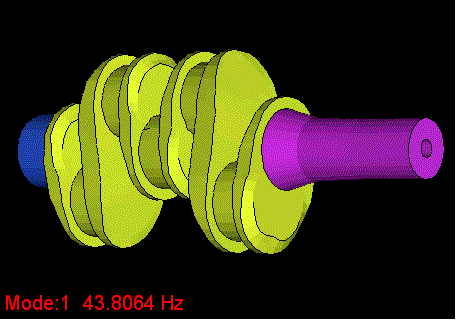
Project Golf R MKVII: Fluidampr Test
The Golf R is back for another round of modifications. Now that we have addressed the suspension and feel the car is handling the way we want it, it is time to move on to the powertrain. We are not entirely sure which direction the powertrain modifications will ultimately go, but the best place to start is by making sure our foundation is solid. In this article, we are going to be installing the Fluidampr crankshaft pulley, as well as doing some baseline Dyno testing on Project Golf R.

Some may be wondering why we are starting with the Fluidampr crankshaft pulley as the first drivetrain modification, and the answer is simple: vibrations rob horsepower and kill engines. The stock power level of the Golf R should produce thousands of miles of reliable performance, but we are not going to stay stock. As the power levels increase and the stress and force increase on engine internals, the weak points will eventually surface and likely in a catastrophic manner. This is where the Fluidampr crankshaft pulley comes into play. We are not going to go super in-depth into the complexities of rotational dynamics (mostly because it is way beyond my level of comprehension), but we are going to talk lightly about how vibrations kill engines.
You can also read the Fluidampr test we did on an FR-S for more info
The Fluidampr uses a sealed and balanced housing containing a free spinning tuned inertia ring floating in a viscous silicone fluid, much like a viscous LSD. Fluidamprs technology results in a harmonic balancer that is capable of absorbing much more vibration over a wider rpm range. More than your typical balancer whose inertia ring is suspended by rubber and fixed in place. The Fluidampr is also amplitude sensitive, the larger the harmonic whip of the crankshaft, the harder it works to attenuate the whip. The folks at Fluidampr told us we would probably experience some level of power increase, but we were just hoping that we could reduce some of our engine's vibrations. The Fluidampr is SFI approved for safety and to satisfy tech requirements of race sanctioning bodies
.

Engine crankshafts are generally very strong hunks of steel with a lot of mass and strength. Despite the inherent strength of even the most robust designs, the tremendous forces exerted on crankshafts will always produce some torsional vibration in the crankshaft. For more information on torsional vibrations we will simply quote the summary from the SAE study on torsional vibration design.
“The problem of crankshaft torsional vibrations is inherent to the reciprocating internal combustion engines. Till date, in multi-cylinder internal combustion engines torsional vibrations which increases vibratory torque is the major reason for the failures of crankshaft due to raised fillet stresses. The torque applied to crankshaft is not constant in time, but it varies in a complex manner as a function of crankshaft position for each cylinder. The excitation that causes torsional vibrations of crankshaft is the Gas firing pulse phasing in the cylinders of an engine. The Crankshaft natural frequencies get excited several times throughout the operating speed of engine by different components of firing pulse harmonics, called orders of an engine. The vibration amplitudes at these critical speeds are commonly high enough, so that the crankshaft as well as any accessory coupled to the crankshaft may fail.”



